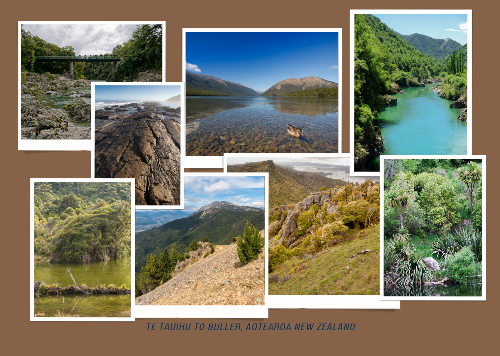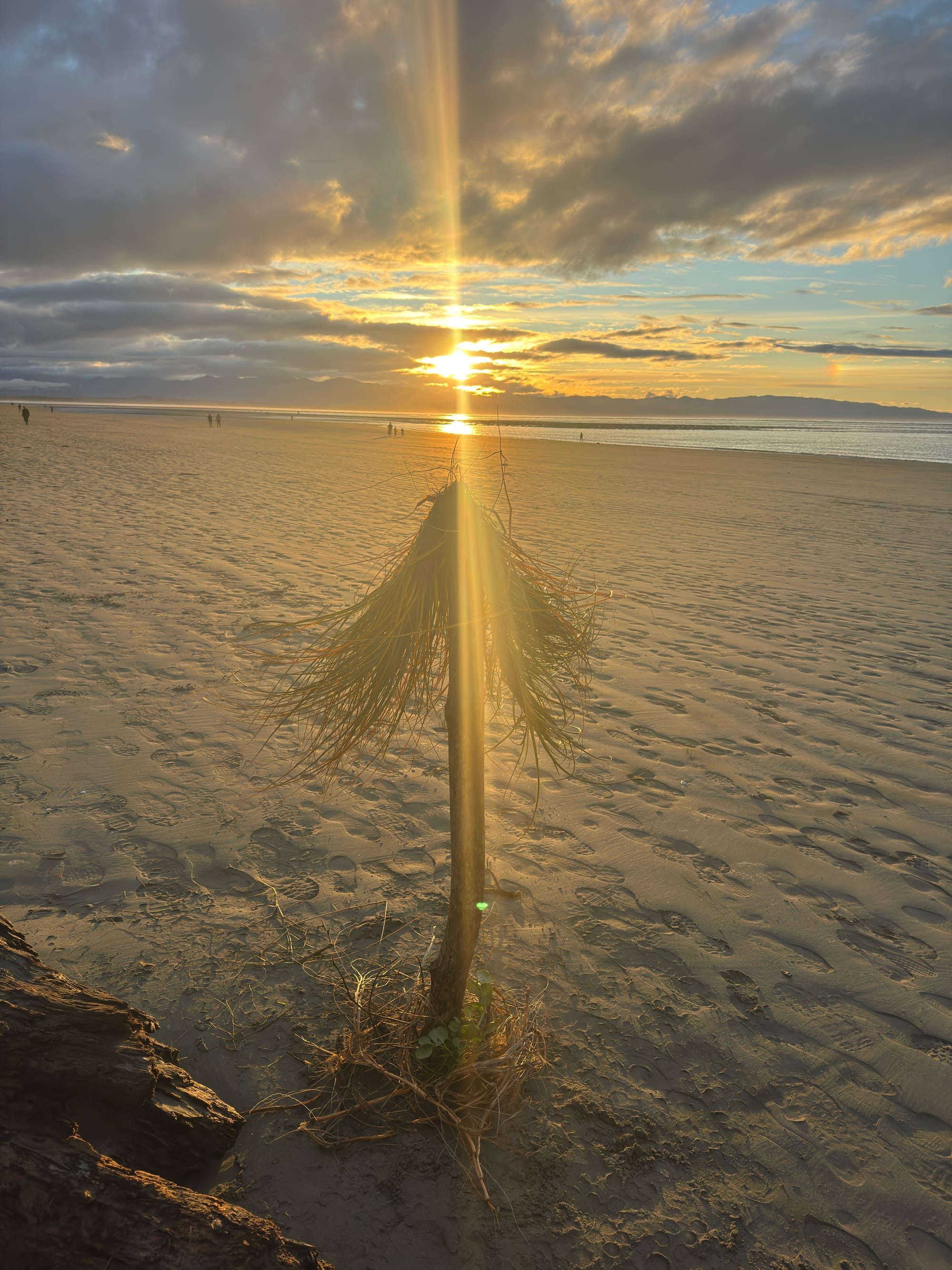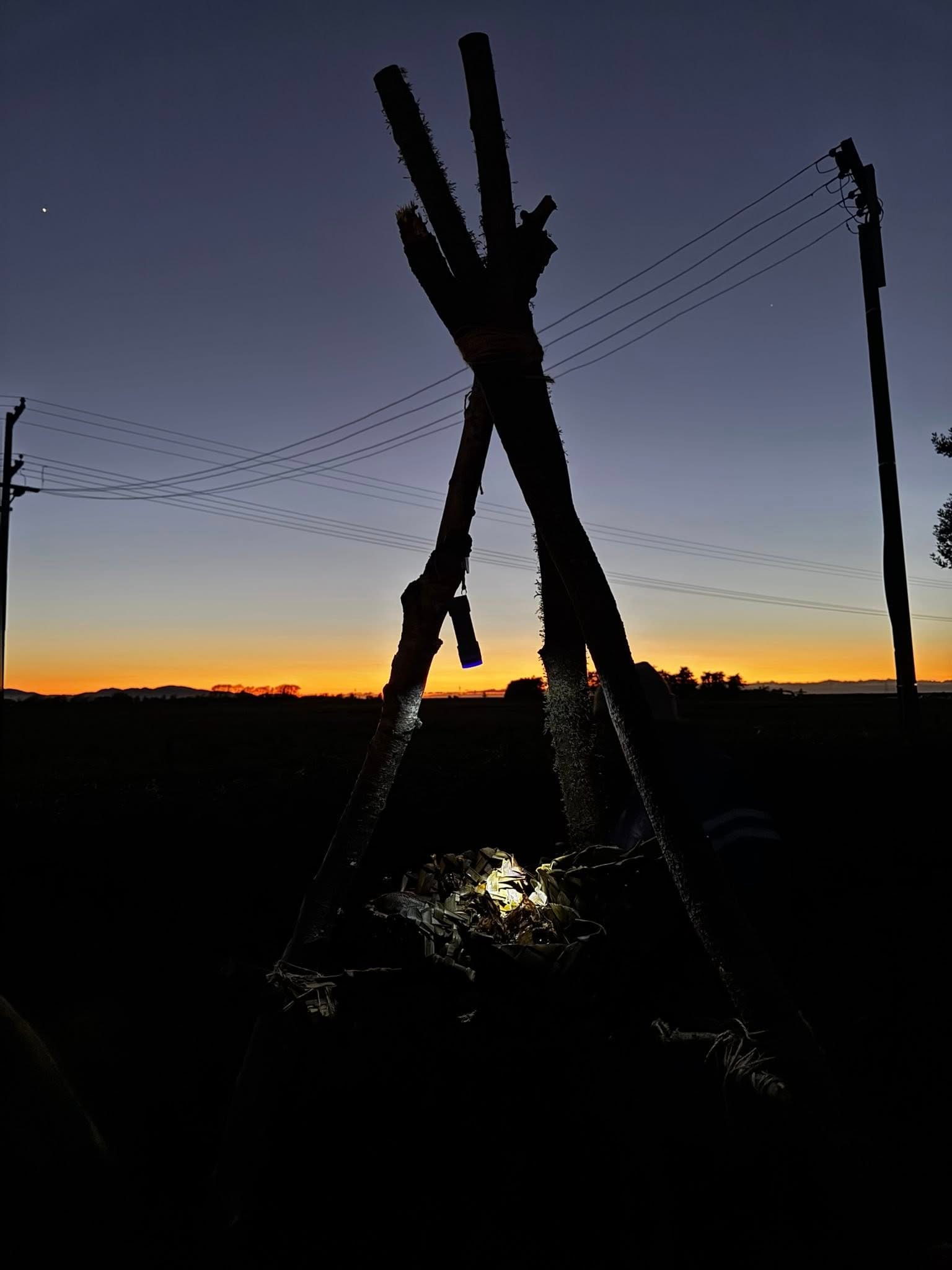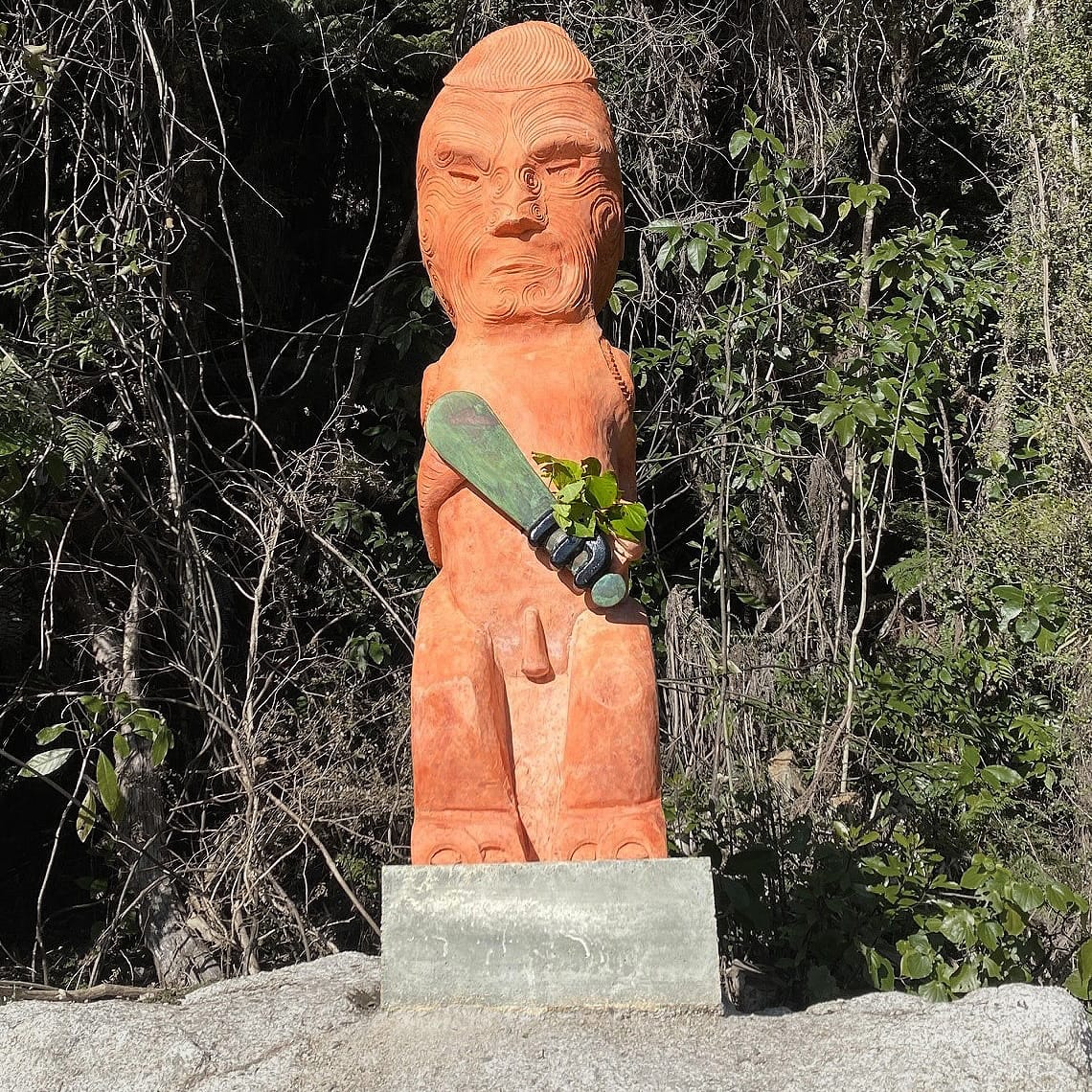Measuring the health of our environment
Kotahitanga mō te Taiao Alliance Metric Scorecard
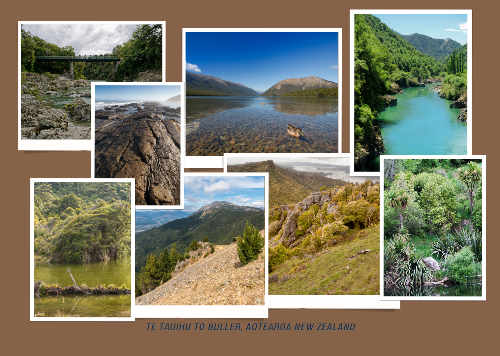
Te Tauihu is the most environmentally diverse and ancient part of New Zealand. It is home to hundreds of species found nowhere else in the world. Our region hosts some of the nation’s most important beech forests, rivers and streams flowing unimpeded from mountains to sea, lakes and freshwater wetlands and diverse marine environments. Unfortunately, many of our unique ecosystems are now damaged due to past clearing of land, non-native predators, invasive weeds, adjoining land uses, over-fishing, sediment discharges and other issues.
To help inform and support conservation and restoration efforts, the Kotahitanga mō te Taiao Alliance is developing measures of ecosystem health, which encompass iwi and cultural values, and social and economic wellbeing. This ecosystem health framework is also being developed in relation to the Alliance strategies and values. Measures, or ecosystem health scorecards, have been completed for most land and freshwater ecosystems in our area, noting that the Alliance are currently working on building iwi cultural health indicators, and marine and estuary ecosystems are still to be measured.
The measures by their nature are high level and integrated over large landscapes. Although, conditions for a given ecosystem may vary within a landscape, the measures are intended to provide an overall picture of health. The key purposes of the Alliance’s ecosystem measures are to:
- show the health of the region’s varied ecosystems
- provide information to decision-makers and stakeholders
- define “what is success” for the Alliance strategies
- help prioritise and focus strategies on key factors, and
- engage communities and stakeholders in monitoring the health of our environment.
The measures were developed by a Working Group, using a proven, longstanding approach. Eight facilitated workshops were held in person or virtually to develop the measures. The measures are designed to be understandable and relevant to local communities, as well as to capture the best available science knowledge and perspective.
For a comprehensive understanding about the Alliance Scorecard please visit our website. And, here is a basic example of the scorecard:

At a landscape-level, they show at a glance, ecosystems in good condition, and ones most in need of management and restoration attention, and why. The Alliance seeks to change the colours on the scorecards over time from red to yellow and from yellow to green. Strategies for the conservation and restoration of all impaired ecosystems need to be scaled-up and deployed at a landscape-level, over many years, to achieve the desired future health of the region’s ecological taonga.
The scorecards are a work in progress. The aim for the Alliance is to continually improve wellbeing indicators that focus on the mission, goals, and strategies of the Alliance. The aspiration is that the Alliance Strategy and the strategies and partnerships, such as Te Tauihu Intergenerational Strategy influence the success of our ecosystem health measures and framework.
Alliance leaders are also committed to undertaking a full, iwi-led development of iwi specific cultural health measures as vital next steps to help set strategy priorities, evaluate opportunities, and assess project activities. The Alliance’s pilot effort of iwi specific cultural health measures has so far shown that we are on the best track to enhancing our work.
The ecosystem health scorecards are meant to be a “credible first iteration.” As soon as they are published there undoubtedly will be new information that becomes available, new or different science hypotheses, and differing interpretations and opinions on some health scores. Over time, circumstances will change on the ground – both for better and for worse in terms of ecosystem health. The Alliance expects to revisit the measures when it revisits its strategies, which it intends to do every five years.
About the Kotahitanga mō te Taiao Alliance
Formed in 2017 by iwi and councils located at the top of the South Island and the Department of Conservation, the Kotahitanga mō te Taiao Alliance collaborates on work to help people and nature thrive.
Te Rūnanga o Ngāti Rārua is a member of the Alliance and also has representatives at governance and project team level on Project Mahitahi.
Learn more about the Kotahitanga mō te Taiao Alliance
Subscribe to the Kotahitanga mō te Taiao Alliance newsletter

